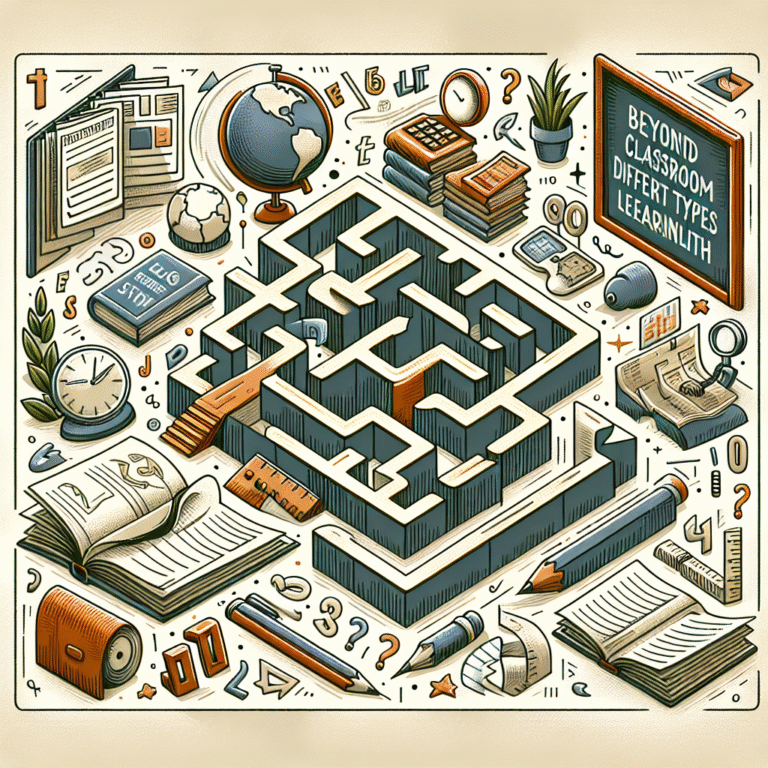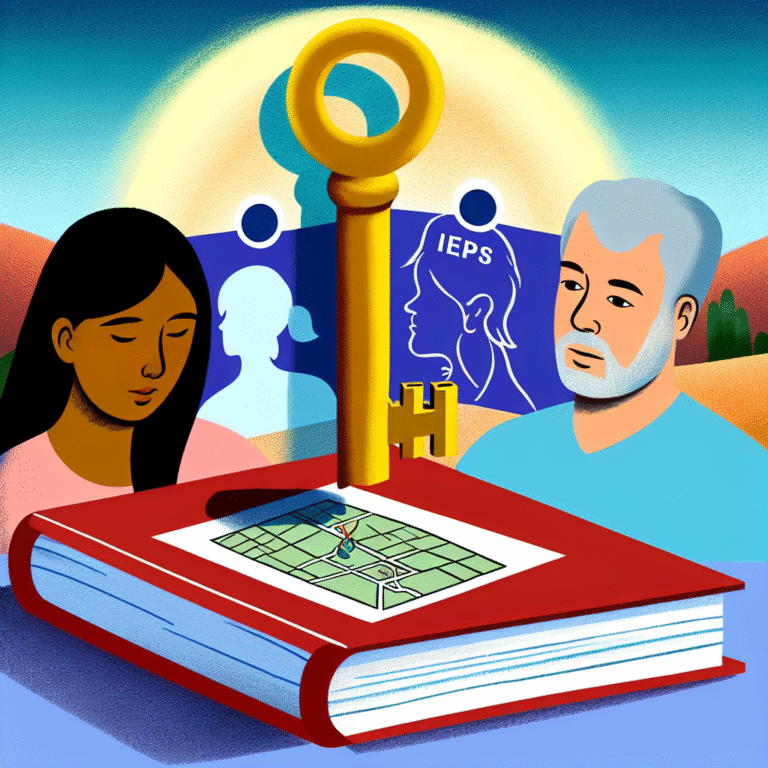
Introduction
In today’s fast-paced world, mental health has taken center stage, becoming a vital component of overall well-being. Yet, for many, the journey to find appropriate mental health services can feel overwhelming, akin to navigating a complex maze. Whether you’re battling anxiety, depression, or any other mental health concern, knowing how to effectively seek help can transform your life. It’s crucial to understand that navigating this maze doesn’t have to be a solitary journey. This guide aims to illuminate the path, providing an in-depth exploration of how to access the right mental health services tailored to your needs.
Understanding the Mental Health Landscape
The first step in navigating the maze of mental health services is to familiarize yourself with the broad landscape. Mental health services are diverse, ranging from therapists and counselors to psychiatrists and support groups. Here, we will break down these services and clarify their distinctions.
1. Types of Mental Health Professionals
| Type of Professional | Description |
|---|---|
| Psychiatrists | Medical doctors who can prescribe medication and offer therapy. |
| Psychologists | Professionals with advanced degrees who provide therapy and psychological testing but cannot prescribe medications. |
| Counselors | Typically hold a master’s degree; they offer guidance on various issues and are skilled in talk therapy. |
| Social Workers | Offer counseling and connect clients with resources; their work often includes advocacy. |
| Peer Support Workers | Individuals with lived experience who provide support and understanding based on their own mental health journeys. |
2. Specializations Within Mental Health Services
Mental health providers often specialize in different areas to better serve their clients. Here are some examples:
- Cognitive-behavioral therapy (CBT) for anxiety and depression.
- Dialectical behavior therapy (DBT) for mood disorders and borderline personality disorder.
- Trauma-informed care, essential for those with PTSD or significant trauma histories.
Case Study: Sarah’s Journey to Finding the Right Therapist
Sarah, a 28-year-old woman, struggled with debilitating anxiety after a traumatic event. Initially, she tried self-help books and online resources, but the impact was minimal. After researching various types of therapists, she found a psychologist specializing in CBT. The tailored approach helped Sarah regain her confidence and taught her coping skills that enabled her to manage her anxiety effectively.
Analysis: Sarah’s story illustrates the importance of understanding different mental health professionals and their expertise, emphasizing the necessity for clients to actively seek out the right fit.
Recognizing Your Needs
Understanding your specific needs is critical in navigating the maze of mental health services. Here are steps to help you identify what you’re looking for:
1. Self-Assessment
Consider journaling or using mental health self-assessment tools. Reflect on questions like:
- What symptoms am I experiencing?
- How severe are these symptoms?
- What goals do I want to achieve through therapy?
2. Consultation
Don’t hesitate to reach out for initial consultations, many of which are free. Use this time to ask about:
- The provider’s experience and specialties.
- Their approach to treatment.
- Availability and logistic considerations (e.g., location, online options).
3. Setting Priorities
Decide on your priorities, such as:
- Cost of services (insurance coverage vs. out-of-pocket).
- Provider’s credentials and experience.
- Therapy style (individual vs. group, in-person vs. virtual).
How to Find the Right Mental Health Services for You
Now that we’ve set the groundwork, let’s explore actionable strategies for finding the right mental health services.
1. Utilize Technology
In today’s digital age, apps and websites can significantly aid your search:
- Online Therapist Directories: Websites like Psychology Today provide searchable databases of mental health professionals.
- Teletherapy Platforms: Services like BetterHelp and Talkspace offer accessible online therapy options.
2. Ask for Recommendations
Word-of-mouth recommendations can be invaluable. Consider asking:
- Friends, family, or trusted colleagues for referrals.
- Your primary care doctor for recommendations.
3. Review Credentials and Specializations
Always check the qualifications of potential providers. Verify their licenses through your state’s licensing board and look for reviews online.
Prospective Questions to Ask Providers
- What is your treatment style?
- How do you measure success in therapy?
- Are you experienced with issues similar to mine?
4. Checking Insurance Coverage
Before committing, check whether a provider is covered by your insurance. This can save you significant out-of-pocket expenses.
5. Trial and Reflection
After starting therapy, reflect on your experience after a few sessions. Ask yourself:
- Do I feel comfortable with this provider?
- Is the therapeutic approach working for me?
- Am I making progress toward my goals?
Overcoming Common Barriers
Navigating the maze can present numerous barriers, from stigma to accessibility. Here’s how to combat common issues:
1. Addressing Stigma
The stigma surrounding mental health persists but engaging in open conversations can help break down barriers. Consider joining support groups or discussing mental health with trusted individuals.
2. Accessibility Issues
For low-income individuals or those without insurance, look for community mental health organizations, sliding scale therapists, or telehealth options that may provide more affordable care.
Case Study: John’s Experience with Accessibility Challenges
John, a college student, found it challenging to access mental health services due to financial constraints. After researching, he discovered a local community center offering free counseling services. By reaching out, he received the support he needed and gained tools to manage his stress effectively.
Analysis: John’s case highlights the importance of promoting awareness regarding community resources and affordable options, demonstrating that help is often more accessible than one might think.
Making the Most of Your Mental Health Services
Once you’ve found the right provider, here are strategies to optimize your experience:
1. Be Open and Honest
Your therapist can only help if you share your thoughts and feelings openly. Honesty lays the foundation for effective therapy.
2. Set Clear Goals
Work collaboratively with your provider to set realistic and achievable goals. This will help track progress and provide motivation.
3. Stay Committed
Therapy is a process that requires time and patience. Consistency is often key to seeing significant changes.
Conclusion
Navigating the maze of mental health services can be daunting, but with the right tools and knowledge, it can also be a rewarding journey of personal discovery and healing. Remember, you are not alone in this process. By understanding your needs, utilizing available resources, and being open to the journey, you’re taking critical steps towards a healthier future.
FAQs
1. How do I know if I need therapy?
If you’re experiencing persistent feelings of sadness, anxiety, or any emotional distress that affects your daily life, it may be beneficial to consult a mental health professional.
2. How much does therapy cost?
Costs vary widely based on location, provider, and insurance coverage. Always check whether your insurance plan covers specific providers.
3. What should I do if I’m not feeling a connection with my therapist?
It’s essential to feel comfortable with your therapist. If the fit isn’t right after a few sessions, consider discussing your concerns or seeking a different provider.
4. Can I switch therapists if I’m unhappy?
Absolutely. Finding the right therapeutic relationship is crucial for effective treatment.
5. Are online therapy options effective?
Yes! Teletherapy has been shown to be effective for many individuals and offers flexibility in scheduling and location.
Navigating the Maze: A Guide to Finding the Right Mental Health Services for You is not just about resources; it’s about empowerment, growth, and the realization that seeking help is one of the most powerful steps you can take in your journey toward mental wellness.














